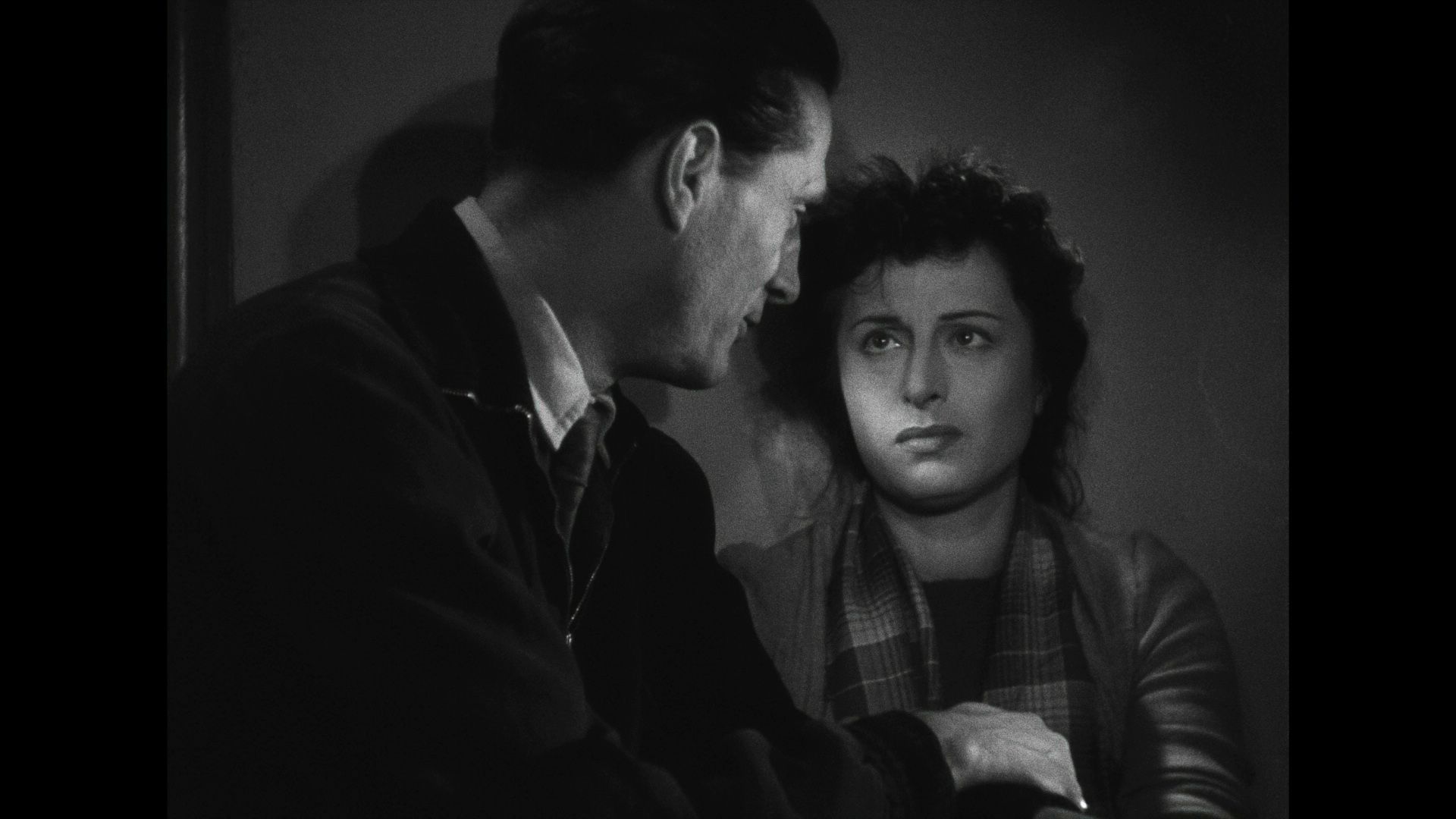Rooma - lahtine linn
There are only a few films that have such an impact.
All roads lead to “Rome, Open City”. Jean-Luc Godard wrote in his day.
Even Pope Francis has called it one of his favourite films.
Filmed just a few months after the liberation of Rome from the Germans, on streets still bearing the scars of war, with extremely scarce technical and financial resources, it became a manifesto of Italian neorealism – a film that won worldwide recognition for neorealism. It has inspired almost everything, starting from the French New Wave to Dogma 95.
The film radiates ground-breaking authenticity, genuineness and immediacy for its time, telling the story of a nation’s resistance to occupation, the preservation of moral purity in an immoral time, and of staying true to principles and betraying them with explosive energy and memorable imagery, including some of the most iconic scenes in film history.
The film made a star out of Anna Magnani who later went on to win an Oscar.
Together with the films “Paisan” and “Germany, Year Zero”, “Rome, Open City” is a part of Rossellini’s war trilogy, which will be screened for the first time in its entirety in Estonia.
Tiit Tuumalu

Roberto Rossellini (1906–1977) was one of the most widely known post-World War II motion-picture directors of Italy. His films “Roma città aperta” (1945) and “Paisà” (1946) focused international attention on the Italian Neorealist movement in films. Rossellini’s realistic style strongly influenced the development of important cinema talents, such as the director Federico Fellini, who came into prominence in the 1950s. His neo-realist films influenced France's Nouvelle Vague movement in the 1950s and 60s that changed the face of international cinema. He also influenced American directors, including Martin Scorsese.
L'uomo dalla croce (1943), Roma città aperta (1945), Paisà (1946), Germania anno zero (1948), Francesco, giullare di Dio (1950), Europa '51 (1952), Viaggio in Italia (1954), Viva l'Italia (1961), Il messia (1975)



